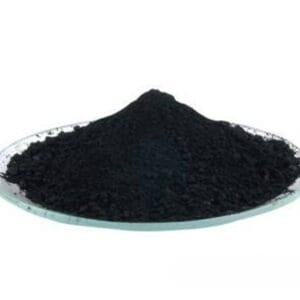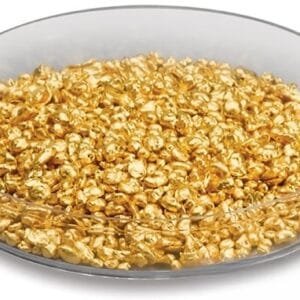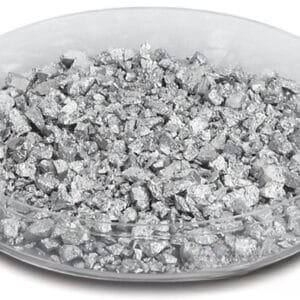| Material Type | Silver(I) Selenide |
| Symbol | Ag2Se |
| Color/Appearance | |
| Melting Point (°C) | 896.85 |
| Theoretical Density (g/cc) | 8.216 |
| Z Ratio | – |
| E-Beam | – |
| Thermal Evaporation Techniques | Boat: – Crucible: – |
| E-Beam Crucible Liner Material | – |
| Temp. (°C) for Given Vap. Press. (Torr) | – |
| Comments | – |
Silver I Selenide Pellet Evaporation Material
TFM offers high-quality Silver I Selenide Pellet Evaporation Material engineered for precise thin-film deposition in advanced semiconductor and optoelectronic applications. This material, composed of silver (Ag) and I Selenide, is prized for its unique electrical and optical properties, robust chemical stability, and excellent thermal performance. The carefully controlled evaporation process ensures the formation of uniform, defect-free films with precise thickness control and low impurity levels.
Silver I Selenide Pellet Evaporation Material is ideally suited for high-performance devices such as integrated circuits, photodetectors, solar cells, and infrared sensors. Its superior electrical conductivity and exceptional optical absorption characteristics make it an essential component in modern optoelectronic systems. Additionally, the material’s stable chemical composition and robust thermal endurance ensure reliable performance even under harsh processing conditions and demanding operational environments.
TFM’s advanced manufacturing techniques allow for precise control over the material’s composition, tailoring its properties to meet specific application requirements. This customization guarantees optimal film adhesion, uniform density, and enhanced deposition efficiency, which are critical for achieving breakthrough performance in next-generation semiconductor and optoelectronic devices.
By combining superior material quality with optimized evaporation parameters, TFM’s Silver I Selenide Pellet Evaporation Material delivers consistent, high-performance results, making it an indispensable resource for cutting-edge thin-film technologies.


 MSDS File
MSDS File



Reviews
There are no reviews yet.